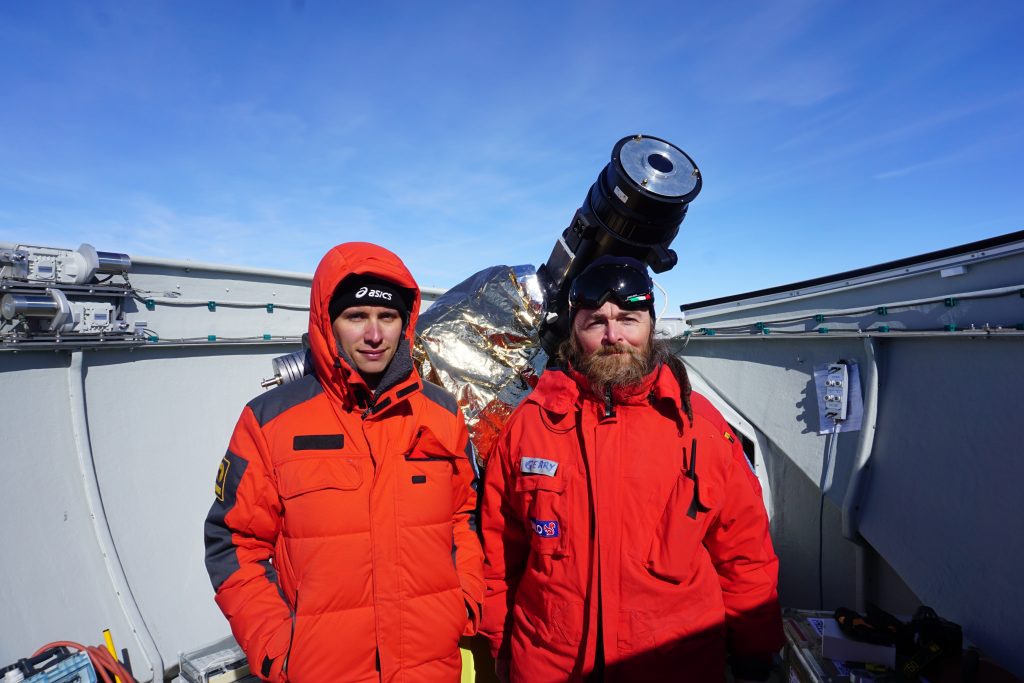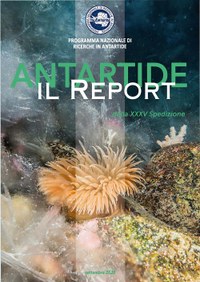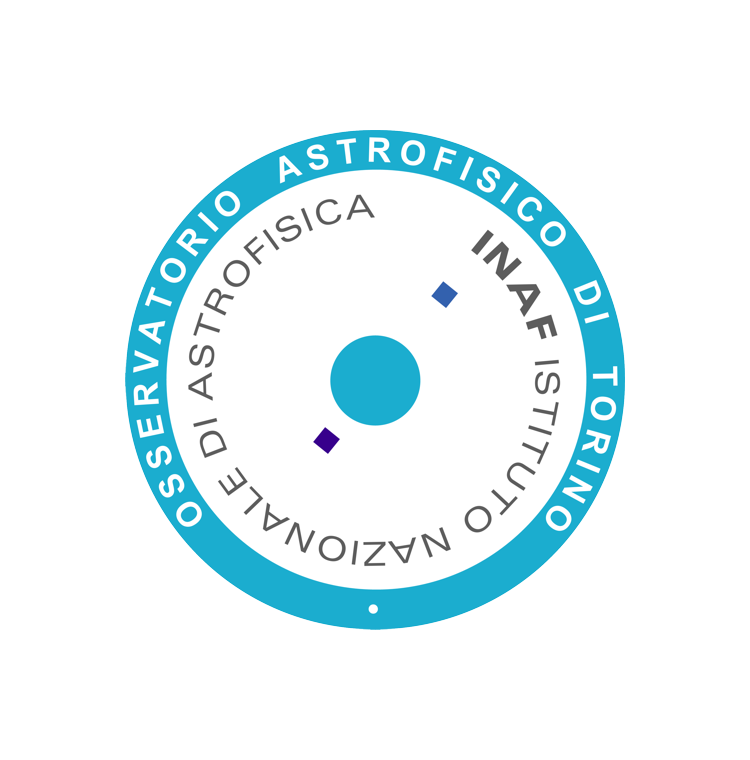The Concordia station, located on the DOME C plateau in Antarctica at 3233 meters a.s.l., is a site of potential interest for solar coronography,
the study of the solar corona. The solar corona is the outermost part of the solar “atmosphere” that extends from the photosphere to interplanetary space.
The solar corona is observable from Earth even with the naked eye during total solar eclipses, but its continued observation requires special instruments such as telescopes capable of simulating a total eclipse. These are called coronographs, because the solar corona is millions of times less bright than the Sun and a direct observation, without the occultation of the Sun, would “blind” the telescope thereby making the corona no longer visible.
The use of coronographs alone is not enough to guarantee observation of the solar corona. The choice of the observation site is fundamental.
High mountain conditions are required for the sky not to be quite as intense as to hide the solar corona.
The ESCAPE project installed a coronograph at DOME C, performed the sky characterization by measuring the sky brightness during the entire observation period, and collected scientific data of the solar corona itself.
Partita IVA 00985801000 Codice Fiscale 01320740580

Gerardo Capobianco (OATo researcher) and Alessandro Liberatore (PhD student at the University of Turin) next to the AnctarctiCor instrument at the Concordia station in Antarctica Copyright: G. Capobianco, A. Liberatore @ PNRA


